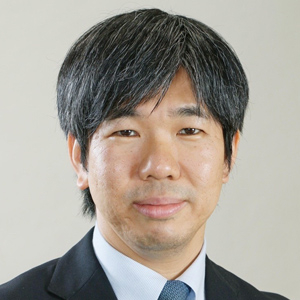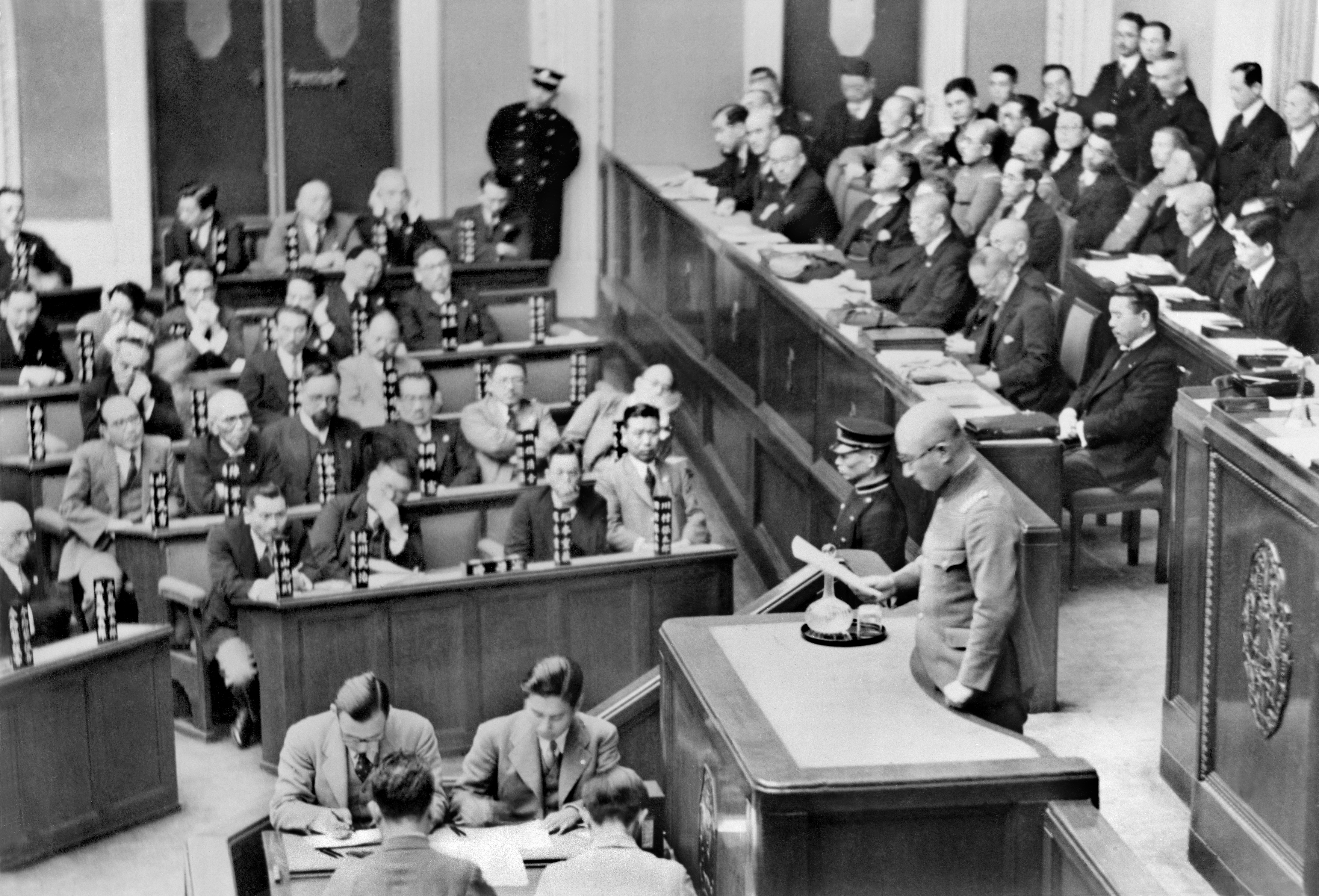- Article
- Political and Diplomatic History
Japan since the Meiji Restoration (4): Meiji 150 as the End of an Era
August 28, 2018
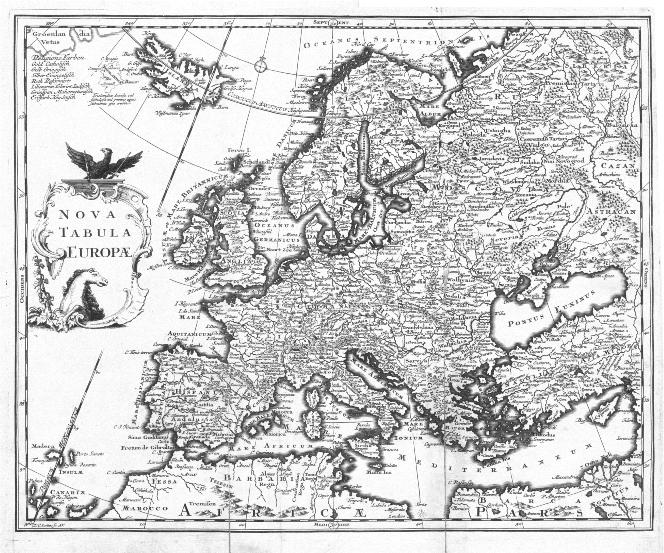
The articles in this series were compiled from contributions by members of the Political and Diplomatic Review project to the January 30, 2018, forum on “Japan since the Meiji Restoration,” held to reassess the 150 years since of the start of Japan’s modernization. In Part 4, Yuichi Hosoya explores the significance of “Meiji 150” in the context of world history.
* * *
In examining the significance of the sesquicentennial of the Meiji Restoration, I will begin by zeroing in on 1868, providing an overview of the Western world and its basic direction at the dawn of Japan’s modern period. Then I will offer some observations about the shape and character of Japan’s last 150 years.
1868: On the Cusp of a New World Order
The year 1868 belongs to a time of transition, when the old world order was approaching an end. However, it is a curious transition in that it was not precipitated by a large-scale conflict between major powersーunlike the changes ushered in by the Thirty Years’ War (1618-48), the Napoleonic Wars (1803-1815), World War I, and World War II.
In 1868, Europe was at peace, still honoring the boundaries of the Vienna System. The old order persisted. Monarchies and empires were the norm, and in seeking to establish a monarchy and an empire of its own, Meiji Japan was merely responding to the demands of the world into which it was born. However, in the coming decades, several European monarchies would fall, and imperialism would come under increasingly harsh criticism, particularly from Britain’s Liberal Party. The world order that Japan was embracing was on its way out, though very few people in Japan realized it at the time.
Let us take a closer look at the state of the Western world in 1868. A Habsburg emperor reigned in Austriaーpart of the Austria-Hungary “dual monarchy” since the compromise of 1867, when Hungary had managed to secure partial sovereignty in the aftermath of the Austro-Prussian War. Britain was enjoying the fruits of the Pax Britannica and actively shunning alliances and entanglements (the policy known as “splendid isolation”). As yet, neither Germany nor Italy was a fully unified nation-state. The United States was still recovering from the Secession and the Civil War. At this moment in history, Britain and France were the only truly mature, advanced, modern nation-states. In most respects, the old order still prevailed.
Britain, to be sure, was maturing as a parliamentary democracy, but it was also expanding and solidifying its global empire. France, meanwhile, was pursuing the grand reconstruction of Paris under the leadership of Emperor Napoleon III. As the only two nation-states capable of projecting naval power globally, Britain and France naturally had the greatest formative influence on Japanese government and policy during the critical years of the 1860s, including the Meiji Restoration.
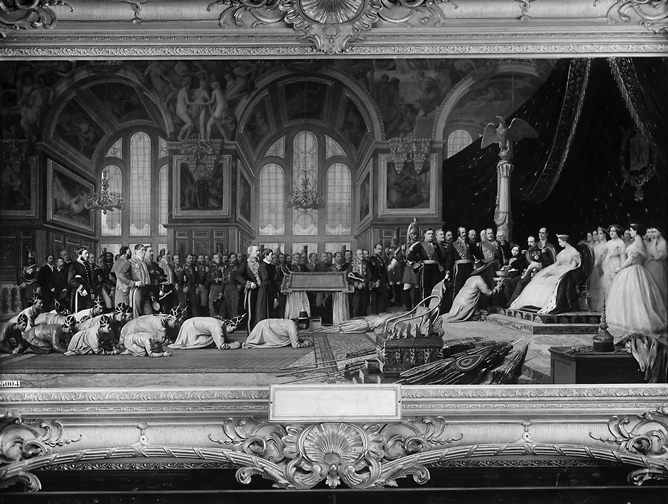
In short, Meiji Japan set out to build a modern nation-state with a global empire, following in the wake of these advanced Western countries. This is what separated it from most of Asia and Africa. It had a strong foundation to build on, thanks to a competent centralized government, a relatively mature civil society, a high level of literacy and education, and a relatively advanced economic system. As an island country, however, Japan had never felt the need for strong national defenses. Now, as the only modern nation-state without a powerful military, it was acutely conscious of its vulnerability to pressure from the Western powers.
After 1868, Japan, Germany, Italy, and the United States all developed as modern nation-states and set out to become global powers in their own right. The United States, Germany, and Japan made rapid economic and military advances. By the late nineteenth or early twentieth century, these upstart powers were challenging Britain and France.
By 1968, a century after the Meiji Restoration, Japan had managed to establish itself as the world’s second-largest economic power, after the United States. In fact, the world’s top three economic powers at this time were the United States, Japan, and Germanyーthe same “upstart powers” that had achieved rapid modernization after their belated unification as modern nation-states in the second half of the nineteenth century. Of course, these countries took very different paths in the twentieth century. The United States emerged the victor of two world wars and presided over the American Century. Japan was defeated in World War II and made a fresh start as a pacifist state. Germany lost two world wars but became a leading member of the European Union.
End of an Era
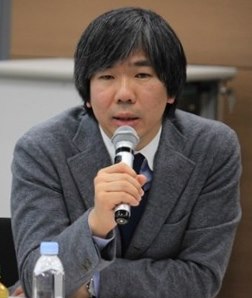
Next, let us take a moment to consider the significance of the past 150 years as a historical period.
One way to subdivide the modern era is to use the dates of three major international conferences: the 1648 Congress of Westphalia, the 1815 Congress of Vienna, and the 1945 San Francisco Conference (United Nations Conference on International Organization). The span of time between these agreements was roughly 150 years. In this sense, a century and a half may be about the amount it takes for a particular set of conflicts to culminate in a major war that alters the international order. By the same token, it may not be unreasonable to treat the 150 years since the Meiji Restoration as a discrete period in Japanese history.
If that is the case, what sort of period has it been? I think we can characterize the past 150 years as the era in which Japan strove for rapid modernization and military expansion and, after making considerable progress toward those goals, experienced profound setbacks.
At the beginning of the Meiji era, Japan embraced the slogan fukoku kyohei : “Enrich the country and strengthen the military.” The second component of that national undertaking collapsed with Japan’s defeat in World War II. Subsequently, under the Yoshida doctrine, Japan abandoned the second goal and poured all its energy into the first. Now, however, a rapidly aging population and protracted economic stagnation are undermining Japan’s economic power as well. In 2017, Japan came in a disappointing fourteenth in the Global Innovation Index, even after moving up two spots from the previous year. In the latest Global Competitiveness Index, it is ranked ninth. Japan is no longer on the cutting edge of innovation and modernization.
When Japan was a young nation-state 150 years ago, its leaders charted a course through trial and error. Now we are in need of a new vision, identity, and strategy for the next 150 years. I believe that contributing to the formulation of such a vision and strategy is our weighty and worthwhile mission.
Translated from "Meiji 150-nen o tenbo suru: Sekai-shi to Nihon-shi no saikuru," https://www.tkfd.or.jp/research/detail.php?id=110 .
